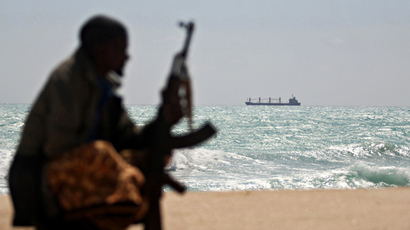British Navy employs first female submariners

Three women have become the first females in the British Royal Navy to assume the role of submariners in the Submarine Service's 110-year history. A ban on female submariners, which was originally instituted due to health concerns, was lifted in 2011.
UK Defence Secretary Phillip Hammond commended the “huge
personal achievement” and labeled the occasion a
“historic” one for both the Royal Navy and the British
armed forces.
The initial ban was in place because it was believed that the
elevated levels of carbon dioxide in the vessels posed a risk to
women in particular. A subsequent independent analysis revealed
that health risks were only significant in the case of pregnant
women.
The following year, in 2012, a similar ban was abolished in the
United States.
“Women are absolutely capable of doing this job,”
26-year-old Lieutenant Alexandra Olsson, from the Wirral
Peninsula near the Welsh border, told the BBC. “I felt like a
little sister to 165 brothers,” she said. “At the end of
the day manpower is a big thing for the Navy – as long as you can
do the job, it doesn't matter.”
The three women – Lieutenants Maxine Stiles, Alexandra Olsson,
and Penny Thackray – obtained their ‘Dolphins’ (emblems worn by
qualified submariners) after several months of study.
Lt. Stiles, 29, from Greater Manchester in the north of England,
told the BBC: “As long as you can do your job and you're good
at what you do, I don't think they [the crew] cared whether you
were male or female.”
The Royal Navy began using submarines at the beginning of the
20th century. The institution was initially adverse to their
utilization, with Admiral Sir Arthur Wilson, then Controller of
the Navy, labeling them as “underhand, unfair and damned
un-English.”














